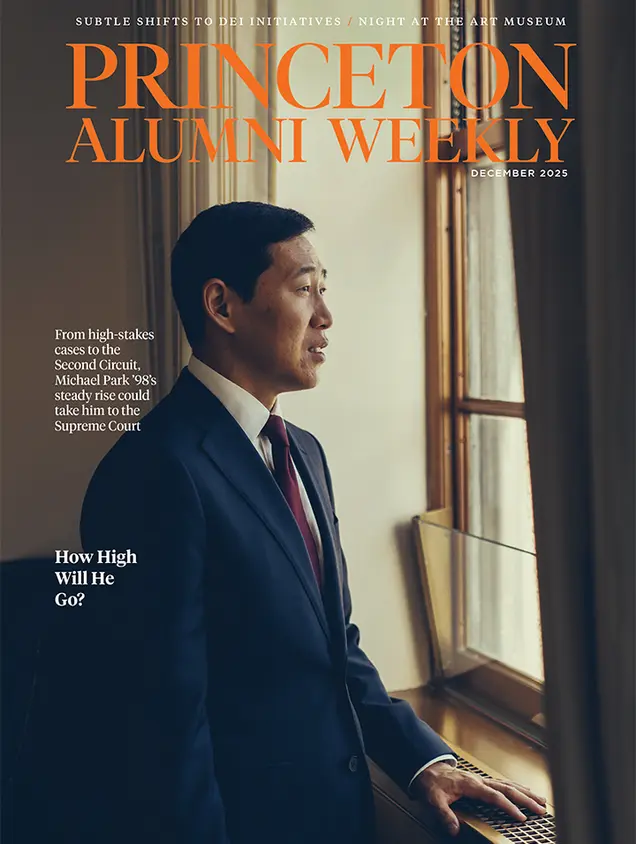Wolfgang Kurt Hermann Panofsky ’38
Wolfgang "Pief" Panofsky, one of the youngest but most distinguished members of the class, died of heart failure Sept. 24, 2007, in California. Born in Berlin, the son of art critic Erwin Panofsky, he came to America in 1934 and became a citizen in 1942. At Princeton he was a member of Sigma Xi and graduated with highest honors in physics and membership in Phi Beta Kappa. Thereafter, he studied, researched, and taught at Cal Tech (where he earned a Ph.D. in 1942), Berkeley, and Stanford. After acting as a consultant to the Manhattan Project during World War II, his advice to the State Department in the 1950s on monitoring radioactive fallout from atmospheric nuclear-bomb tests contributed to the signing of an international treaty banning such tests. No "Star Wars" advocate, Pief always believed in peace through international cooperation. At Stanford, Pief improved the design and operation of the existing linear accelerator, which earned him the directorship of Stanford's prestigious accelerator research program. Later, he built a more powerful linear accelerator that led to the discovery of new forms of matter. Pief published more than 60 scientific papers during his brilliant career and received numerous honors. Pief is survived by his wife, Adele DuMond Panofsky; five children; 11 grandchildren; and three great-grandchildren. His brother, Hans '38, predeceased him. The class extends deepest sympathy to the family.
Paw in print

December 2025
Judge Michael Park ’98; shifts in DEI initiatives; a night at the new art museum.


No responses yet